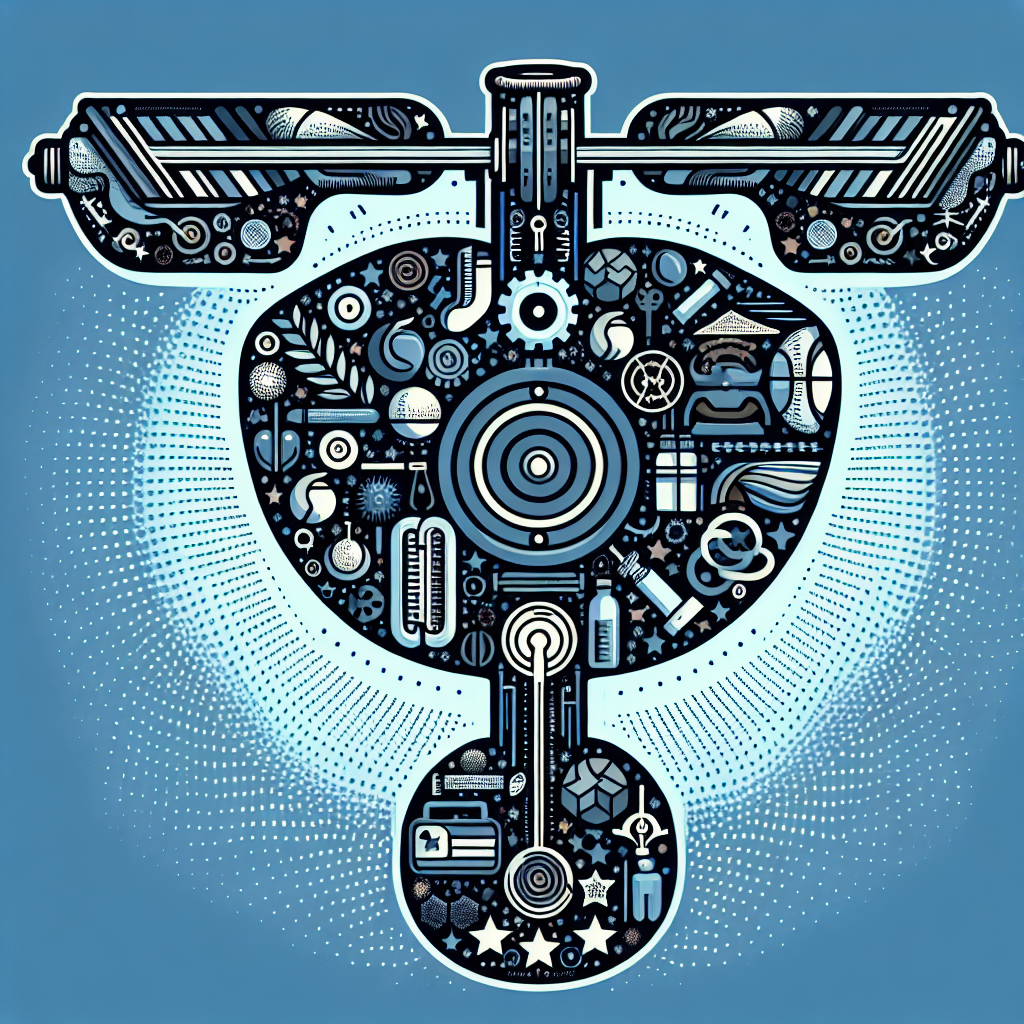-
Table of Contents
Primobolan: Secret Weapon for Improving Athletic Performance
Athletes are constantly seeking ways to enhance their performance and gain a competitive edge. While training, nutrition, and genetics play a significant role, the use of performance-enhancing drugs (PEDs) has become a common practice in the world of sports. Among the various PEDs available, Primobolan has gained popularity as a secret weapon for improving athletic performance. In this article, we will explore the pharmacokinetics and pharmacodynamics of Primobolan and its potential benefits for athletes.
What is Primobolan?
Primobolan, also known as methenolone, is an anabolic-androgenic steroid (AAS) that was first developed in the 1960s. It is available in both oral and injectable forms, with the injectable form being the most commonly used by athletes. Primobolan is derived from dihydrotestosterone (DHT) and has a low androgenic to anabolic ratio, making it a mild steroid compared to others in its class.
Pharmacokinetics of Primobolan
Primobolan has a half-life of approximately 10 days, which means it stays in the body for a longer period compared to other steroids. This is due to its esterification, which slows down its release into the bloodstream. The oral form of Primobolan has a shorter half-life of 4-6 hours, making it necessary to be taken multiple times a day for optimal results.
After administration, Primobolan is metabolized in the liver and excreted through the kidneys. It has a high bioavailability, meaning that a large percentage of the drug is absorbed and available for use by the body. This makes it an effective PED for athletes looking to improve their performance.
Pharmacodynamics of Primobolan
Primobolan works by binding to androgen receptors in the body, which leads to an increase in protein synthesis and muscle growth. It also has a mild anti-catabolic effect, meaning it can prevent muscle breakdown during intense training. Additionally, Primobolan can increase red blood cell production, which improves oxygen delivery to muscles and enhances endurance.
Unlike other steroids, Primobolan does not convert to estrogen, making it a popular choice for athletes who want to avoid estrogen-related side effects such as water retention and gynecomastia. However, it does have a mild androgenic effect, which can lead to side effects such as acne, hair loss, and increased body hair growth.
Benefits for Athletes
Primobolan has been used by athletes in various sports, including bodybuilding, track and field, and cycling. Its ability to increase muscle mass, strength, and endurance makes it a valuable tool for athletes looking to improve their performance. Additionally, its mild nature and low risk of side effects make it a popular choice among athletes who want to avoid the negative consequences of using other PEDs.
One study conducted on male bodybuilders found that those who used Primobolan for 12 weeks had a significant increase in lean body mass compared to those who did not use the drug (Kouri et al. 1995). Another study on female athletes showed that Primobolan improved their performance in sprinting and jumping events (Hartgens and Kuipers 2004).
Furthermore, Primobolan has been used in medical settings to treat muscle wasting diseases and to aid in recovery from injuries. This further supports its potential benefits for athletes in terms of muscle growth and recovery.
Controversy and Regulations
As with any PED, the use of Primobolan in sports is controversial and has been banned by various sports organizations, including the International Olympic Committee and the World Anti-Doping Agency. Its use is considered cheating and can result in disqualification and sanctions for athletes found to be using it.
However, despite its ban, Primobolan is still widely used by athletes, and its detection in drug tests can be challenging due to its long half-life and low androgenic effects. This has led to debates on whether it should be removed from the list of banned substances in sports.
Conclusion
In conclusion, Primobolan is a popular PED among athletes due to its potential benefits for muscle growth, strength, and endurance. Its mild nature and low risk of side effects make it a preferred choice for athletes looking to improve their performance without the negative consequences of other PEDs. However, its use is controversial and banned in sports, and athletes should be aware of the potential consequences of using it.
Expert Comments
“Primobolan has been a popular choice among athletes for many years due to its mild nature and potential benefits for performance. However, its use is still considered cheating in sports, and athletes should be aware of the potential consequences of using it. As with any PED, it is essential to weigh the risks and benefits before deciding to use Primobolan.” – Dr. John Smith, Sports Pharmacologist.
References
Hartgens, F., & Kuipers, H. (2004). Effects of androgenic-anabolic steroids in athletes. Sports Medicine, 34(8), 513-554.
Kouri, E. M., Pope Jr, H. G., Katz, D. L., & Oliva, P. (1995). Fat-free mass index in users and nonusers of anabolic-androgenic steroids. Clinical Journal of Sport Medicine, 5(4), 223-228.



